by Kristine Tompkins
As the new Coronavirus sweeps the planet, leaving suffering, loss, and uncertainty in its wake, we are reminded that this is not the first global pandemic and likely not the last. We are called to respond on many levels, to act collectively to end the global health crisis. When our global community can collectively move toward recovery, we would be remiss not to consider the other, less obvious, aspects of this crisis. Our long-term response must include our stewardship of each other and our relationship with the earth.
Throughout human history we have had a buffer zone from deadly diseases like Covid-19: extensive tracts of undisturbed nature. By razing forests and destroying other natural habitats and by replacing native species with domestic and invasive species, we have displaced these pathogens from their natural hosts and created a shortcut for them into human populations. We have seen it in the Amazon basin, where the decimation of the forest has led to a sharp rise in malaria cases. SARS, Ebola and bird flu are other examples.
Each of us, directly or indirectly, has experienced the havoc unleashed on society by the destruction of nature. But what about the suffering within the natural world? One million animal and plant species are threatened with extinction, due in large part to a loss of natural habitat. Humans have severely altered 75% of land on the planet, and 66% of oceans, according to the report IPCC, 2019: Climate Change and Land. It is chilling to think that only a quarter of this planet remains intact for the other species which inhabit it. If the Earth were our savings account, we would be on the brink of bankruptcy.
It’s clear that we need to address this trend, both for the sake of the non-human world and our own. In these days of quarantine, photographs have been making the rounds of the Internet: pumas prowling a gated neighborhood in Santiago, Chile, and coyotes on the loose in San Francisco. Our first reaction is to applaud these appearances as a sign of nature coming back. However, I suspect that our wild counterparts have long been there, unseen on the fringes, searching for a place in the territory that they have lost. Perhaps the only difference now is that the world has become still enough to pay attention.
Let’s move the conversation to actions we can take to safeguard the natural world, and help restore ecosystems to be whole and functioning. We can only achieve ecological balance when the native species that have gone missing are restored. The reintroduction of wolves to Yellowstone showed us the positive influence one species can have on its environment. There are also cautionary tales: take away opossums in North America, and suddenly tick populations and Lyme disease balloon out of control.
We can help nature heal by rewilding the Earth. At Tompkins Conservation, we have spent several decades working to create national parks. With communities, individuals and governments we’ve helped protect 14.5 million acres in Argentina and southern Chile. Yet, this has only served as a beginning. Our teams are now working to establish new populations of native species in the places where they have gone extinct. In southern Chile, flocks of Darwin’s rhea are returning to the grasslands. In the Ibera wetlands of Northeast Argentina, once-extinct red and green macaws, giant river otters and jaguars are amongst those coming back.
The mass recovery of ecosystems can also reestablish the life-supporting functions they provide, including clean air, unpolluted water and healthy soils. The temporary reduction of greenhouse gas emissions has shown us that it is possible to take the necessary steps to live differently, with more intent, to achieve a better quality of life. We have the opportunity to return equilibrium to the planet. Perhaps we can take this hiatus from normal life, which comes at a terrible price, to understand that a new normal is required.
Kristine McDivitt Tompkins is the president and co-founder of Tompkins Conservation and former CEO of Patagonia, Inc. For over twenty-five years, she has committed her career to protecting and restoring Chile and Argentina’s wild beauty and biodiversity by creating national parks, restoring wildlife, inspiring activism, and fostering economic vitality as a result of conservation. In 2018 she was named the United Nations’ Global Patron for Protected Areas. For more information see www.tompkinsconservation.org or visit Facebook, Instagram, and Twitter.














